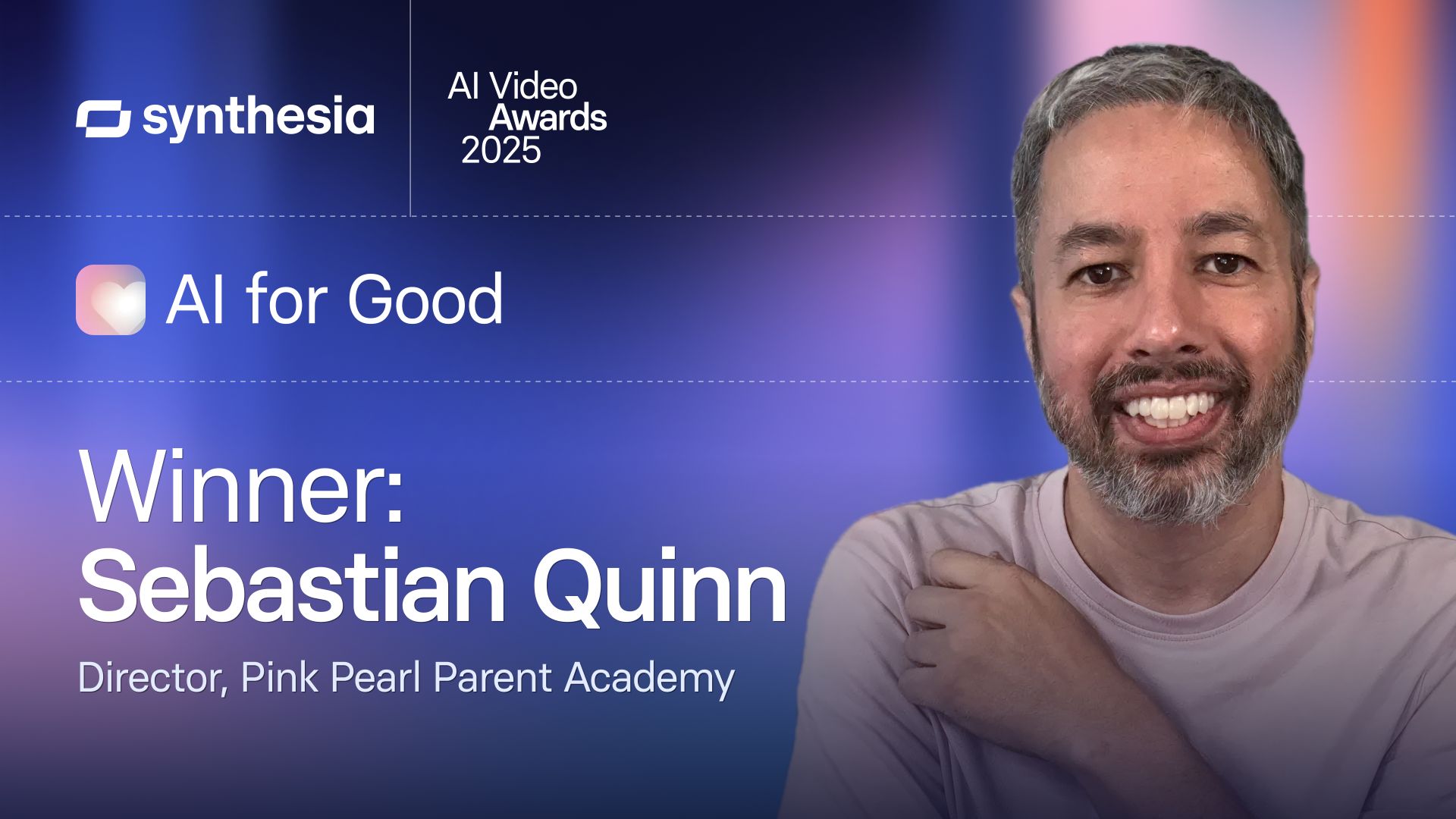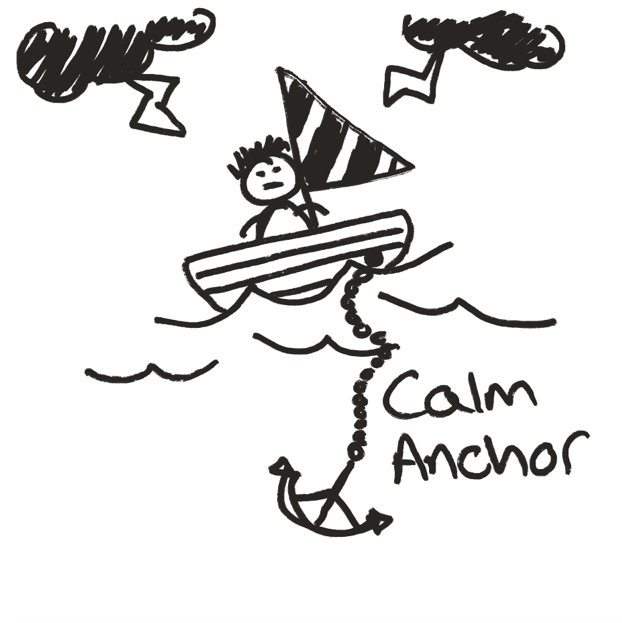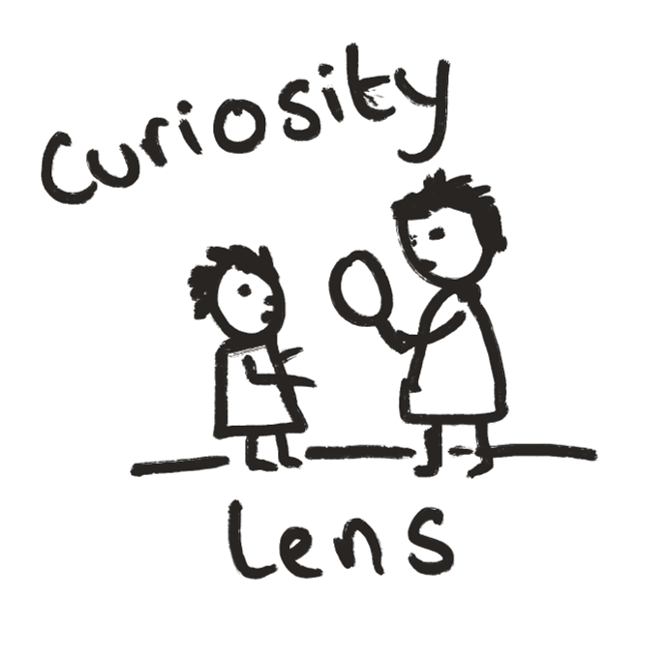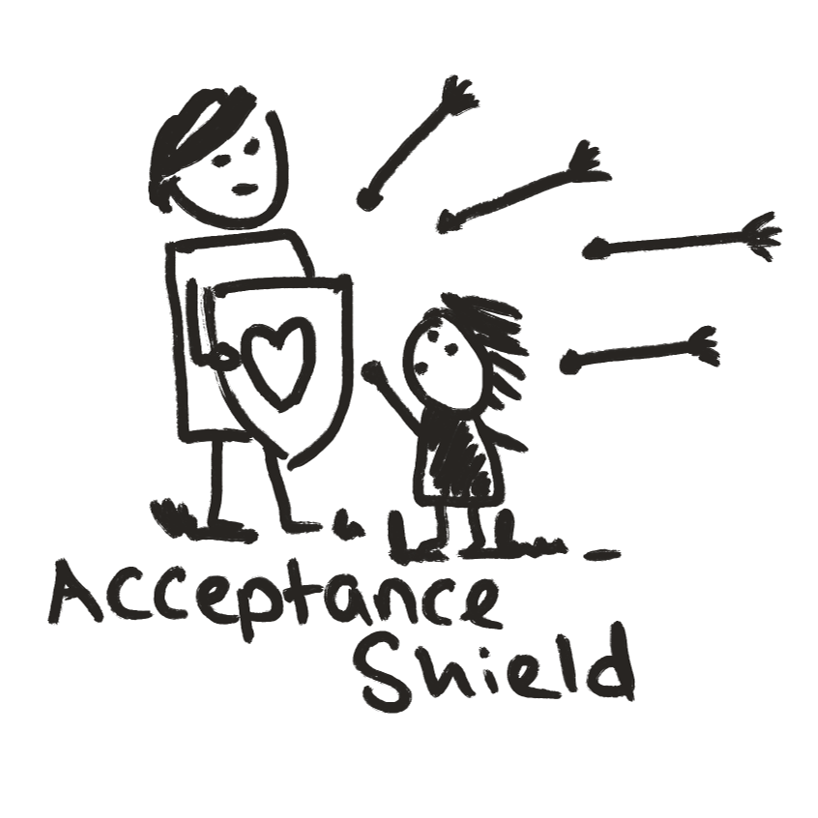Imagine you're in the middle of a bustling supermarket, juggling a basket of groceries and your ever-inquisitive toddler. Your little one sees the brightly coloured candy aisle and, naturally, makes a beeline for it. You try to redirect, suggesting a more "nutritious" option, but your words seem to float away on the air. Without warning, your toddler is on the floor, red-faced and sobbing, as if the world has ended because they didn’t get the sweets. You’re standing there, flustered, and everyone seems to be watching.
Now imagine this: Instead of raising your voice or frantically trying to make the tears stop, you crouch down, eye level with them. "I see you're really sad right now because you wanted the sweets. It’s hard when we can’t have what we want, isn’t it?" You offer a hug, and slowly, that storm of emotions begins to calm.
Toddlers are pure emotion, little bundles of sensory experiences colliding with their immediate wants and needs. They live in the here and now, without much of a concept of later. But here's the magic—by acknowledging their feelings, by simply saying, "I see you," you're helping their young brains learn something amazing: that feelings are okay, that emotions can be named, felt, and—most importantly—handled. It’s these small acts of connection that start to build the foundations of emotional regulation. They begin to understand that you’re there, guiding them through this overwhelming world, one small meltdown at a time.
Now fast forward a few years, and imagine this: You’re sitting at the kitchen table with your seven-year-old, trying to get through homework time. They've been staring at the same maths problem for what feels like forever, pencil tapping on the table. Their little voice says, "I just can’t do it." You feel a familiar pang of frustration creeping up. You want to say, "Just try harder," but something holds you back.
Instead, you take a breath. "Okay, what’s tricky about this? Let's break it down together."
You see the tension lift from their shoulders. They lean in. You’re teaching them more than just maths now—you’re teaching problem-solving. They’re learning that challenges don’t have to feel like walls, and that you're there, brick by brick, helping them find the door. Problem-solving with school-age kids is an art in itself. It’s a balance between giving them space to struggle and stepping in when they need that extra hand.
And when you’ve finished, you throw in a, "That was tough, but look how you did it!" That’s it—a small, everyday victory that builds their sense of competence. You’re not just praising the result, you’re praising the process—the effort, the trying, the problem-solving. Slowly, they start to see that they are capable, even when things feel tough.
Now, imagine your teenager coming home from school, flinging their bag on the floor, retreating into the cave of their bedroom, phone in hand. You knock, but it’s greeted by a grunt, maybe some unintelligible mumbling. You’re not sure if it’s a ‘come in’ or a ‘go away’. Welcome to adolescence.
You think back to when they were little, and you could sit them on your knee, talk about their day, help them solve their problems. Now? Now, you barely know what they’re thinking. There’s an urge to give them a lecture, to march in and demand answers. But you don’t. You sit on the bed and say, “I know today’s been tough. Do you want to talk about it?”
There’s a long pause, maybe a sigh. But then, a few words spill out. And more words. Suddenly, they’re talking, and you're listening. Really listening. You nod, make eye contact, and say, “I get that. That sounds hard.”
In those moments, your teenager isn’t just venting—they’re learning that they can trust you with their thoughts, their feelings. You're creating a safe space where they know they won’t be judged. The more you do this, the more they open up, bit by bit. You’ve transitioned from being their commander to being their guide—someone who helps them navigate the stormy waters of teenage life, without taking the wheel from them.
There’s a pattern to all these moments, isn’t there? Whether it’s your toddler in the supermarket, your child with their homework, or your teenager wrestling with the complexities of adolescence, the strategy is the same: connection before correction. Understanding before problem-solving. It’s not about fixing things for them, but guiding them through it, teaching them that they’re capable of handling life’s ups and downs.
Imagine you’re that parent who chooses not to react with anger or frustration, but with patience and empathy. You see every meltdown, every challenging behaviour, as an opportunity to help your child develop. You’re building their emotional resilience, their problem-solving skills, their trust in you.
You see, parenting isn’t just about getting through the day. It’s about laying the groundwork for the people your children will become. In those little moments, you’re showing them how to regulate their emotions, solve problems, and trust in themselves.
Now picture this: You’re sitting in the living room, looking at your family. Your teenager is on the sofa, phone in hand, but they glance up to share something funny they saw online. Your school-age child is showing you the picture they just drew, explaining every detail. And your toddler is there too, maybe bouncing on your knee, giggling as you pretend to be a monster chasing them around the room.
You’ve created a space where they feel safe, understood, and supported. You’ve been there for the big things and the small things alike. And as they grow, they’ll remember the moments you sat with them, listened to them, and taught them how to face the world.
Because really, the best parenting happens in those little moments—the quiet, everyday ones that shape who they’ll become.
Subscribe for a 1-Year Free Trial
While we grow our library of courses, we are offering the first 100 subscribers a 1-year free trial.
This will give access to our entire course library.
During this time, we will use your feedback to improve our courses and listen to your suggestions for new courses.
At the end of the free trial, you can choose to subscribe monthly for the promotional price of £5 per month.
You don't need to enter card details today.
This will give access to our entire course library.
During this time, we will use your feedback to improve our courses and listen to your suggestions for new courses.
At the end of the free trial, you can choose to subscribe monthly for the promotional price of £5 per month.
You don't need to enter card details today.







